Instrument numbering holds significant value in industrial production, primarily reflected in the following aspects:
1. Identification and Localization
Unique Identification: Every instrument has a specific instrument number, similar to an identification card, enabling precise recognition and distinction of different instruments. This allows operators and maintenance personnel to quickly and accurately locate specific instruments, improving work efficiency.
Facilitates Fault Localization: When the system encounters issues, the instrument number allows for quick identification of the faulty instrument’s location, facilitating timely repairs, reducing downtime, and ensuring continuous production.
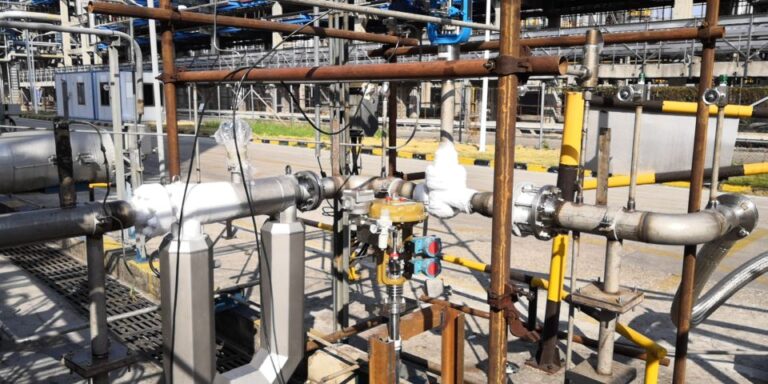
2. Information Transmission and Management
Engineering Design: During the design phase, instrument numbering is used to plan and layout the instrument system. It helps determine the instrument’s type, installation location, and connection method, providing crucial information for subsequent construction and commissioning.
Operation and Monitoring: During production, operators can understand each instrument’s function and measurement parameters through the instrument numbers, which helps in monitoring and adjusting the production process. It also simplifies data recording and reporting, providing accurate information for production management.
Maintenance: For maintenance personnel, instrument numbers are important clues for maintenance and servicing. Maintenance plans can be formulated based on instrument numbers, and maintenance history can be recorded, ensuring the normal operation and reliability of instruments.
3. Standardization and Regulation
Industry Standards: Instrument numbers generally follow certain industry standards and regulations, helping to ensure compatibility and interoperability between different manufacturers’ equipment. In engineering projects, unified numbering rules improve the efficiency of design, construction, and maintenance, reducing costs.
Data Integration: In modern industrial automation systems, instrument numbering is key to achieving data integration and information sharing. Standardized instrument numbers allow data from various instruments to be consolidated into a unified database, supporting an enterprise’s information management.
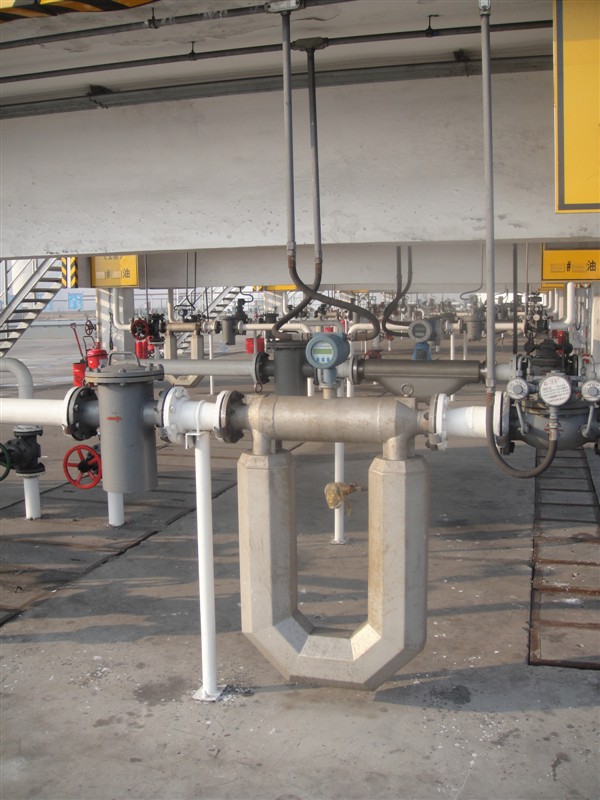
Common Instrument Numbering Rules
Basic Structure
Instrument numbers typically consist of letter codes and numerical identifiers.
- Letter Code: Usually represents the measured variable or instrument function. For example:
- “T” represents temperature
- “P” represents pressure
- “F” represents flow rate
- Numerical Identifier: Used to differentiate between different instruments, often arranged based on process flow sequence, equipment number, or area number.
Functional Classification
- Measured Variable Code:
- Temperature: T
- Pressure: P
- Flow Rate: F
- Liquid Level: L
- Analysis: A, etc.
- Function Code:
- Indication: I
- Recording: R
- Control: C
- Alarm: A, etc.
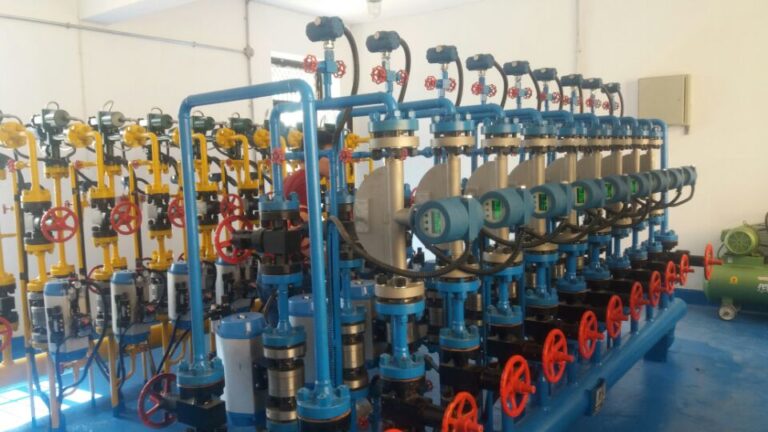
Numbering Methods
- Process Flow Sequence Numbering: Numbered according to the instrument installation sequence in the production process. For example, in a chemical production unit, temperature instruments might be numbered T101, T102, T103, etc.
- Equipment Numbering: Based on the measured equipment’s number. For example, a temperature instrument measuring a specific reactor might be numbered T-RF101, where “RF” represents the reactor’s equipment number.
- Area Numbering: For large factories or complex production systems, numbering can be based on different areas, such as workshops or sections. Each area’s instrument numbers begin with the area code, followed by the specific instrument number.
Special Cases
- Multivariable Instruments: For instruments measuring multiple variables simultaneously, multiple measured variable codes can be added. For example, an instrument measuring both temperature and pressure can be numbered TP.
- Interlock Instruments: Interlock instruments typically have “L” or “IL” added to the letter code to indicate the interlock function. For example, a pressure interlock instrument might be numbered PL or PIL.
In summary, instrument numbering rules should be developed based on specific production processes and enterprise requirements to ensure uniqueness, readability, and manageability.
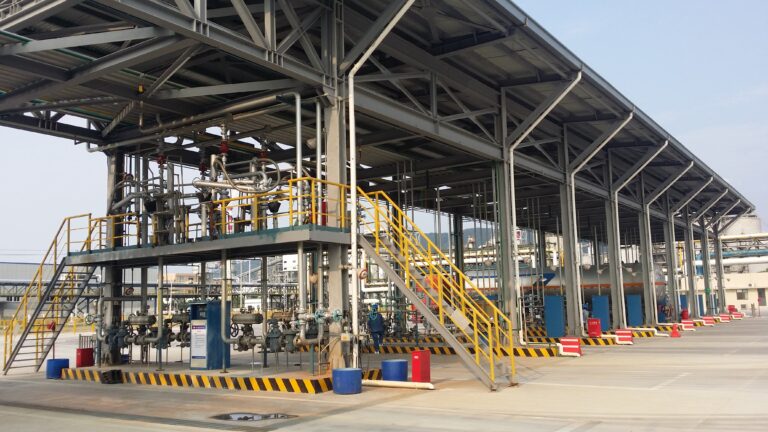
Examples of Instrument Numbering
- Temperature Instruments:
- TI101: 101st Temperature Indicating Instrument
- TR102: 102nd Temperature Recording Instrument
- TC103: 103rd Temperature Control Instrument
- Pressure Instruments:
- PI201: 201st Pressure Indicating Instrument
- PR202: 202nd Pressure Recording Instrument
- PC203: 203rd Pressure Control Instrument
- Flow Instruments:
- FI301: 301st Flow Indicating Instrument
- FR302: 302nd Flow Recording Instrument
- FC303: 303rd Flow Control Instrument
- Liquid Level Instruments:
- LI401: 401st Liquid Level Indicating Instrument
- LR402: 402nd Liquid Level Recording Instrument
- LC403: 403rd Liquid Level Control Instrument
- Analysis Instruments:
- AI501: 501st pH Analysis Instrument
- AO502: 502nd Oxygen Analysis Instrument
- Multivariable Instruments:
- TPI601: 601st Temperature and Pressure Measurement Instrument
- FLI602: 602nd Flow and Liquid Level Measurement Instrument
- Interlock Instruments:
- PIL701: 701st Pressure Interlock Instrument
- TIL702: 702nd Temperature Interlock Instrument
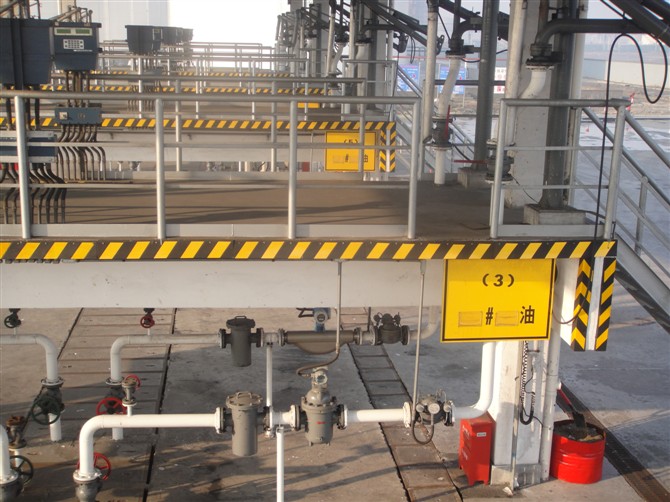
Tools for Instrument Numbering
- Professional Instrument Design Software:
- SPI (SmartPlant Instrumentation): Utilizes a shared information database platform for data exchange, improving instrument work efficiency and quality throughout its lifecycle. Its main features include instrument number generation, management, and related design document creation.
- AVEVA Instrumentation: Offers comprehensive instrument design and management functions, helping users efficiently generate instrument numbers, select instruments, and design loops. It also integrates with other engineering design software, enabling seamless data exchange.
- General Database Software:
- Microsoft Access: Can create a three-tier database structure to handle instrument design documents, making it easy to generate design files such as instrument indexes, data sheets, and I/O lists, while automatically updating related files when data is modified.
- Spreadsheet Software:
- Microsoft Excel: Although not specifically for instrument numbering, Excel is highly practical in real-world applications. Its powerful data processing and editing functions allow for manual input or batch import of instrument number-related information, enabling sorting, filtering, and summarizing data to manage instrument numbers effectively.
